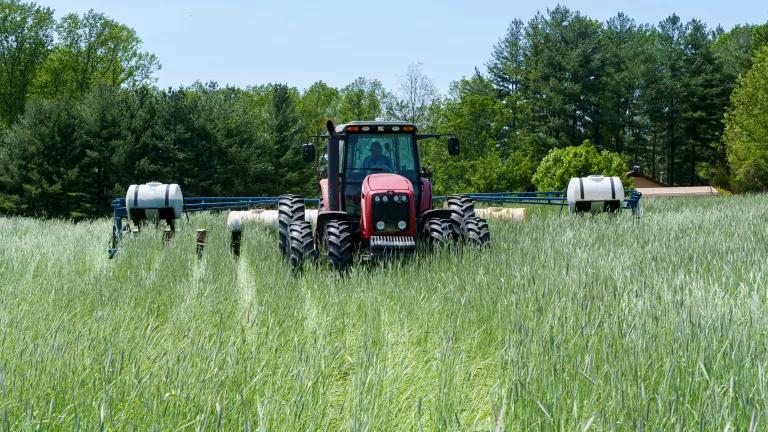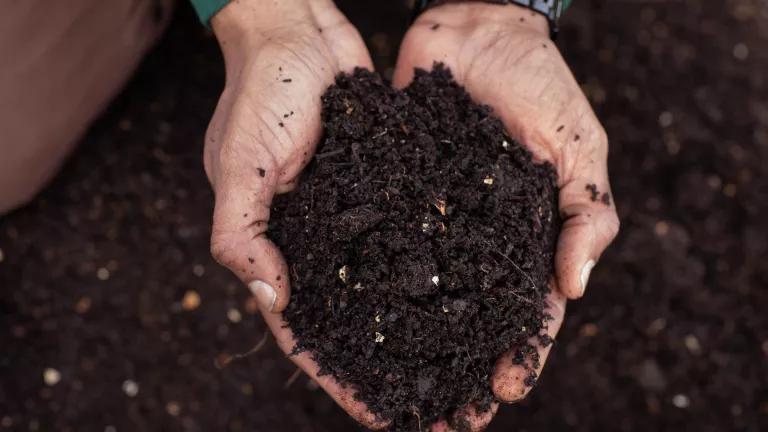Nearly one fifth of fish caught in U.S. waters are discarded, according to the National Marine Fisheries Service. But who’s to say some of that fish isn’t quite tasty? The Boston chapter of the Chef’s Collaborative held a Trash Fish Dinner last weekend featuring “The Best New England Seafood You’ve Never Tried”. By holding this dinner they were bringing awareness to the issue of “bycatch” – fish and other animals caught unintentionally and discarded at sea. While eating otherwise wasted fish may seem a logical and sustainable move, it turns out the bycatch story is a whole lot more complicated than that.
As explained by the Monterey Bay Aquarium:
Many fisheries around the world throw away more fish than they keep. Some of the biggest offenders are shrimp fisheries. In the worst cases, for every pound of shrimp caught, up to six pounds of other species are discarded. And this incidental catch of unwanted or unsellable species, known as "bycatch," doesn't just include fish—turtles, seabirds and other animals also suffer.
From a physical standpoint, most bycatch is the result of the equipment that is being used for fishing—equipment like 50-mile long fishing lines and huge nets dragged at the bottom of the sea called bottom trawlers. This type of equipment doesn’t distinguish between the fish that is sought and anything else that gets caught. Therefore, you can have other fish in the lines and nets, but also larger sea animals. The Monterey Bay Aquarium states that nearly 20 percent of shark species are threatened with extinction, primarily as a result of being caught accidentally on longlines, and as many as 250,000 sea turtles are caught as bycatch.
The dinner featured fish like the scup, sea robin, and dogfish. While these are not solely bycatch species –quantities of these fish are already brought to land and sold – some of the markets for these species may not be as strong as fishermen would like, leading to a portion of those caught being discarded at sea. Creating a market for them increases the efficiency of our food system and makes use of fish that might otherwise be discarded. In doing so, the Chef’s Collaborative is expanding pallets to fish whose populations may not be as depleted as more popular ones like many species of cod, snapper, and grouper.
There is one thing to keep in mind as we continue to broaden our pallets, however. The last thing we want to see are more fisheries collapsing. For any fish, we need to ensure the species in question has a healthy population that is being fished at a sustainable rate. And that’s true for these fish too.
So, go out and grab a salty dog with that trash fish. And pat yourself on the back for eating from a more efficient food system while you’re at it.



